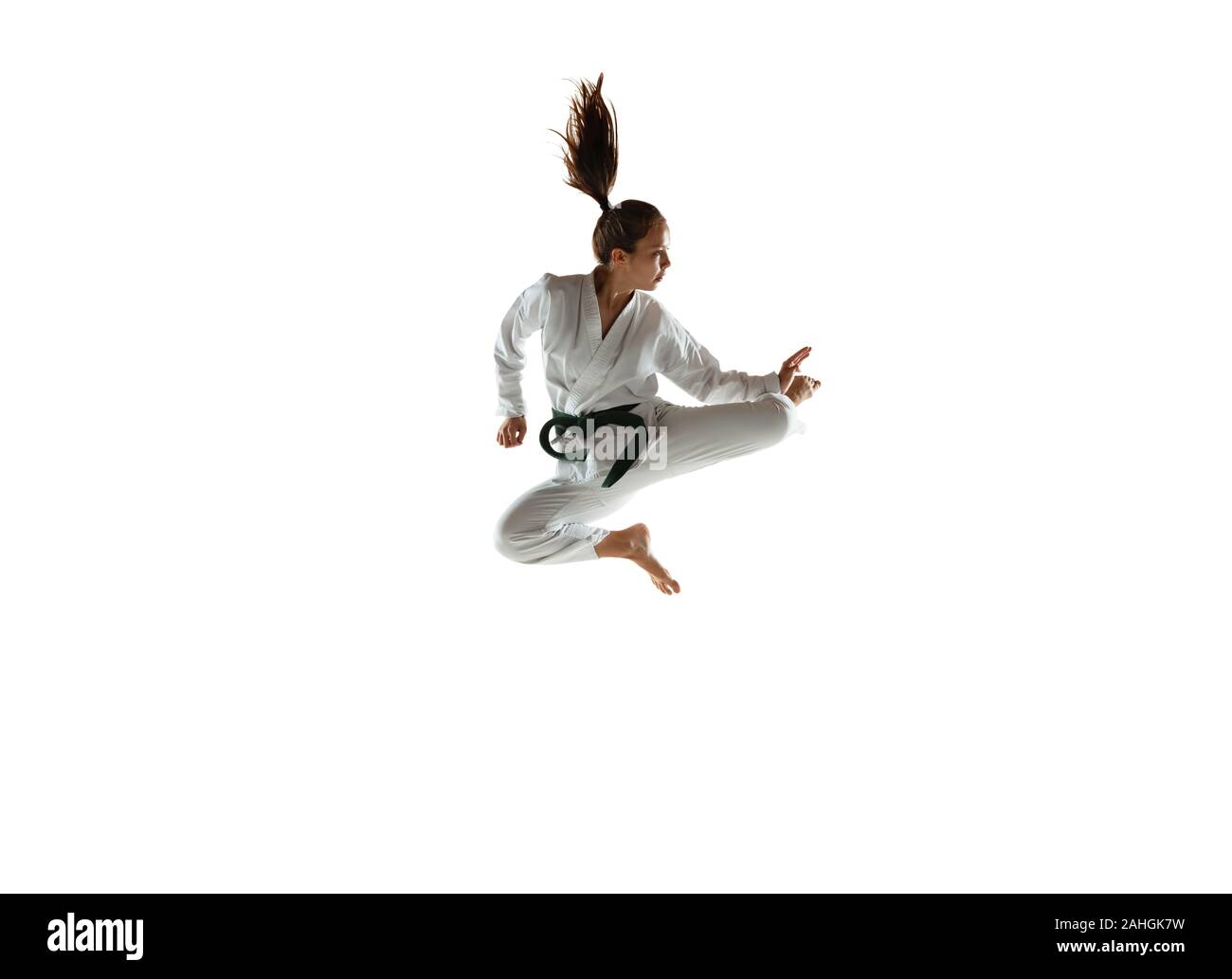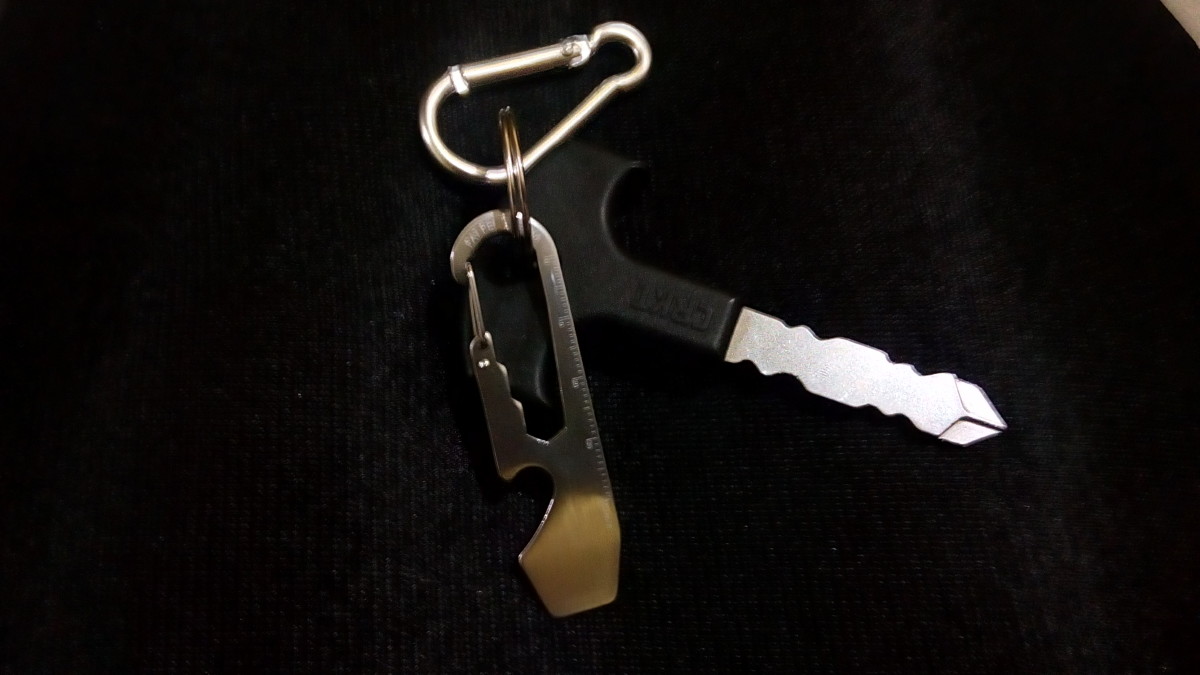
You probably wonder what Kyokushinkarate means when you hear it. This Japanese style is known for its stand-up combat. It's rooted in hard training, discipline and self-improvement. Although it takes many years to master, the rewards are well-worth the effort.
Contains full-contact fighting
Most people associate karate with sparring, but Kyokushinkarate involves full-contact fighting. Matsutatsu Oyama, a Japanese martial artist, created this style. It is today the largest karate organisation in the world and is well-known for its combat effectiveness. Mas Oyama even killed bulls in demonstration fights!
Students are encouraged and supported to push their limits, train as hard as possible, but not to brutalize them. Kyokushin has advanced students who often mentor and instruct their younger students. This relationship, often called "Sempai/ Kohai", is commonly known in Kyokushin. Although some advanced students compete in Full Contact Tournaments, most students train primarily for the sake of developing confidence and overcoming personal barriers.
Takes years to learn
Kyokushin Karate, a traditional martial art, can take years to master. This art requires that the fundamental techniques be practiced thousands of times so that they become instinctive and not require thinking. It takes patience and perseverance to master these techniques. As an example, the phrase "Ten years on top of a rock" is a great way to illustrate how long it takes mastering basic techniques.

A student must be able to master elbow strikes including age, chudan and ushiro hijiki ate in order to obtain a green belt. In addition, a student must have the ability to execute pinan sono yon and taikyoko sono ni in ura. To reach the belt level, a student must have a strong physical foundation and be able stretch regularly.
Requires patience
Kyokushinkarate is a very demanding form martial arts. You need patience and determination in order to master the basics. Because of this, it takes years to learn the basics and can take thousands of repetitions. The techniques become automatic and are not conscious. Kyokushin karate students must also endure pain and weakness.
While some students might think they know the basic techniques, many others don't. Patience and perseverance are key ingredients to learning basic karate skills. They can make all the difference in whether you win or lose. Students learn to overcome setbacks and obstacles, and to see them as learning opportunities. This quality is valued throughout Kyokushin Karate's belt hierarchy. Students must be patient as they move up the ranks to get the next belt.
Can cause severe injury
Kyokushin is a karate style that is intensely cardio-intense. This combined with sparring without safety gear makes it a dangerous form of martial arts. Students can sustain serious injuries in a class. Students also risk concussions during sparring. The only way to avoid concussions is to avoid punching the head. Kyokushin allows you to only punch the area below your neck.
The most common injuries caused during karate training have been to the face, neck and upper and lower limbs. These injuries occurred more often for males than for females. The number of injuries per class in men is also higher than in women. A Polish study found that a 17 year-old student in karate sustained serious injuries during a practice match. He was 8th kyu with only one year experience. He was part of a class of students who were divided according to weight. He was battling with an opponent who had over two years of training and a 6 kyu rank.

It provides a solid foundation for MMA.
You'll need to be able to do MMA if your karate skills are solid. While it's hard to match the power and speed of a top-level kickboxer, you may be wondering if Kyokushin Karate will help you be a better fighter. Well, you can always train hard and make sure that you're safe, but that doesn't mean that Kyokushin Karate is an ineffective martial art.
Find a great school to learn martial arts. Although martial arts can be fun and exciting, they can be intimidating for beginners. You should do your homework and find the best school. You might also find it helpful to search YouTube for videos to gain a better understanding about the practice.
FAQ
How can I learn self-defense at home?
There are many things you can do to improve your self protection skills. One of the best places to start would be by learning martial arts. Martial arts are great as they teach you how defend yourself without the use of weapons. They are also great for building confidence and fitness. Online classes are also available at most schools. It is crucial to determine what kind of martial art you wish to learn. Do you want to learn Kung Fu? Or perhaps Karate? Both styles are great choices, even though they may look very different. The difference between them is mainly based on the style of fighting used. Karate, for example, is more focused on striking techniques. Kung fu is more concerned with grappling and kicks.
Another thing to consider when choosing a school is whether or not they offer instruction in multiple forms. This is the variety of martial arts styles offered by a school. Some schools teach only one type of martial art, such as Tai Chi. Others may offer instruction for several types of martial arts. No matter what type of martial art you are interested in, ensure that you only choose a respected school. Ask around to see who has been there, and ask about their training history and the background of the instructors. Talk to someone who teaches at the school if you can.
What time does it take for a stun gun to be recharged?
It will vary depending on the battery type.
For example, AA batteries may take 2 hours to recharge while AAA batteries may take 8 hours.
What is the best way to defend yourself as a woman?
A woman should always carry pepper spray on her person at all times. If you are ever attacked by someone more powerful than you, you should immediately use the pepper spray. It may save your life.
Women should also learn how effective kicks are. Kicking is a good way to protect yourself against an attacker.
Which weapon is best for self-defense?
The best weapon to use for self-defense is a sharp knife. Even though you may not feel the need for a knife, it will come in handy if someone attempts to attack you.
You don't need to spend $100 on a folding knife to protect your self. Simple pocketknives will suffice. You can also add additional tools to make sure you are ready for anything.
Statistics
- Most likely, you'll get tapped out by 90% of the people in your first 3-5 months. (mmaclan.com)
- Most likely, the person will want some kind of boxing match, so if you can out-box them, this would be 100% ideal for survival. (budodragon.com)
- Saying this, Self defense 101 would be the importance of situational awareness, which can never be replaced by the finest of martial arts, because it is this that would help you to avoid any likely attacks in the first place. (worldofselfdefense.com)
- The Rape, Abuse & Incest National Network reports that 70 percent of sexual violence cases aren't committed by random strangers in a dark alley but by people we know: friends, family, partners, co-workers, etc. (healthline.com)
External Links
How To
How to use Kubotans for self defense
Kubotan is small sticks used as weapons by Okinawan martial arts masters. They were originally made of bamboo, but have been replaced with metal or plastic.
They are usually around 5cm long and 2cm wide.
The Kubotan is designed to strike at an opponent's eyes, nose, and mouth. It can also be used against other body parts, such as elbows or knees.
Kubotan are popular with women due to their lightweight and ease of use.
Knowing where to place your Kubotan to strike the correct spot is essential to be able to effectively use it.
Also, practice using the Kubotan to ensure you hit the right spots.
You will learn how to use your Kubotan in self defense.
-
Face the attacker
-
The Kubotan should be held between your index and thumb.
-
The Kubotan is held above your head by the arm.
-
Move the Kubotan towards the attacker by lowering it.
-
On the nose, eye, or area of the mouth, strike the attacker.
-
You should be able to see the impact of the Kubotan as it strikes the target.
-
Continue swinging the Kubotan until you hear a "thwack" sound.
-
Step back and lower the Kubotan.
-
You can continue fighting by repeating Steps 1-7.